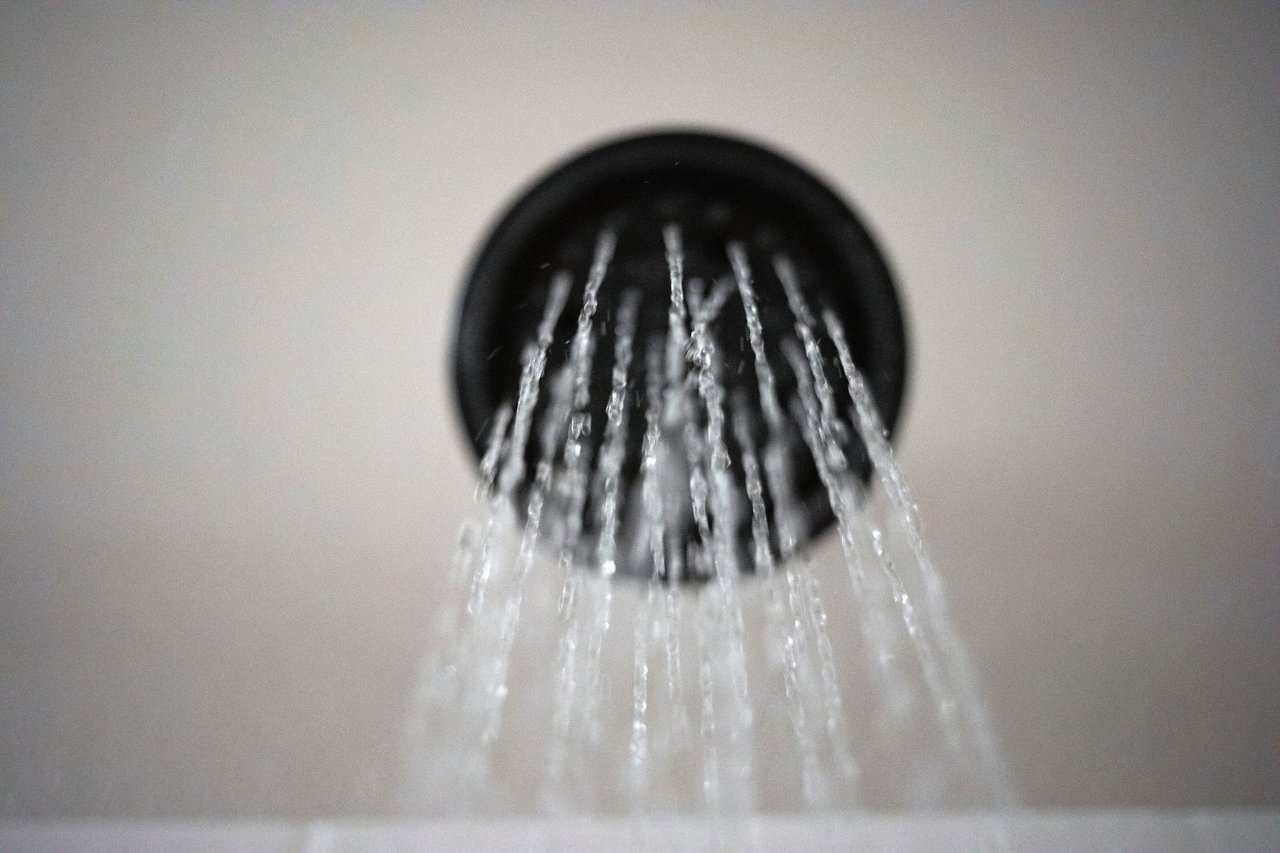(CN) — When Janet Leigh stepped into the Bates Motel shower during the movie “Psycho,” her on-the-run character appeared to wash away her sins as she prepared to return home and offer a difficult confession.
But while the iconic scene started out as a prelude to redemption with a bit of sex appeal, it wound up a bloody mess.
In the process, Alfred Hitchcock’s murderous masterpiece, featuring a flurry of short shots and creative angles, would go down for one of the most studied and talked-about scenes in film — proving that the horror genre can be about much more than cheap thrills.
“You never saw the knife actually touch her,” said Andrew Stasiulis, an instructor of directing, theory and cinema production at DePaul University in Chicago, "and yet it’s considered one of the most brutal scenes in cinematic history.”
While moviegoers have long been entertained by monsters, ghouls and things that go “rawr” in the night, a truly memorable scary movie scene — like the “Psycho” shower sequence — shocks us, frightens us, and makes us opt for baths.
“A lot of people said they couldn’t take a shower after ‘Psycho,’” said Michael Zam, an adjunct assistant professor at New York University and co-creator, writer and producer of the FX miniseries “Feud.”

With a few exceptions, scary movies don’t occupy much space in the typical Top Movies of All Time list. Yet horror flicks deserve their due.
“They started out in a very artistic place,” Stasiulis said, referring to some of the Universal Frankenstein-Dracula-Invisible Man monster movies of the 1930s. “Those are works of art, and they are adaptations of respected literature.”
Eventually, Stasiulis said, the quality of scary movies diminished as the horror genre became associated with B-movies.
By the 1960s and '70s, though, the concept of horror movies as serious art was making a comeback. Younger directors, many of whom had grown up watching Universal monsters, began making scary movies that touched on important societal issues and fears, including racism, loneliness and war.
“You have guys like Spielberg who decide, ‘I’m going to make a creature feature,’ but it was more than that,” said Stasiulis, co-host of the podcast “The Gauntlet,” who teaches at DePaul’s Jarvis College of Computing and Digital Media.
In the best-case scenario, Zam said, scary movies will feature complicated characters portrayed by actors who kill it — performing-wise. As he sees it, some of Hollywood’s greatest performances have come from horror films.
Moments before shooting the famous “Herrrrrre’s Johnny” scene from “The Shining,” actor Jack Nicholson worked himself into character by jumping up and down and chanting “Axe murderer!” as he practiced his chopping motion. A few moments later, his character, Jack Torrance, thrashes an axe through a bathroom door before improvising the famous “Here’s Johnny” line.
While a great performance can amp up the fear factor, Zam said, one effective scary movie tactic gives the audience more information than the protagonist has in order to drive tension. In “Silence of the Lambs,” we watch Jodie Foster’s character struggle in complete darkness through the night vision goggles of a serial killer stalking her.
“We know what’s going on,” said Mynette Louie, who has produced three horror films, including “The Invitation,” “Swallow” and “Black Box.” “That’s where the audience is yelling at the screen.”
Another tactic, Zam said, is to have the audience let its guard down — making us, like the characters, vulnerable. In these scenes, the viewers get comfortable thinking nothing bad is going to happen.
That’s when all hell breaks loose. “They hit us like a truck when we’re looking the other direction,” Stasiulis added.










